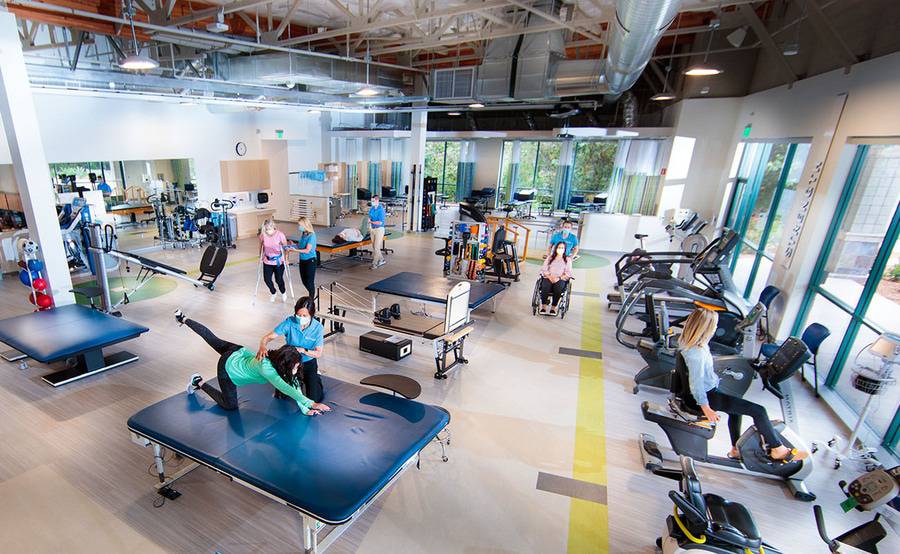One of the frequently frequently seen traumas in sports is the foot sprain. This injury often happens when an individual touches down ungracefully or rotates their ankle during a match. Symptoms of an foot ligament injury include discomfort, swelling, and trouble walking. Immediate treatment typically involves the R.I.C.E. approach, which stands for Rest, Cooling, Compression, and Lifting. This method aids reduce inflammation and pain. In severe severe situations, rehabilitative therapy may be required to restore strength and mobility to the ankle before going back to sports.
Another frequent trauma is a muscle strain, which can happen in all athletic activity that requires sudden actions or heavy lifting. Athletes may experience a muscular injury when they stretch a muscular tissue too next page far or when they exert too great force. Symptoms include sharp discomfort, swelling, and muscular contractions. Rehabilitation for muscular strains often entails light stretching and conditioning workouts. Gradually increasing exercise levels is vital to prevent recurrence. Athletes should collaborate closely with a physical therapist to develop a secure and effective recovery plan.
Tendonitis is another trauma that can impact athletes, particularly those who participate in frequent motions, such as joggers or swimmers. This issue occurs when a tendon structure, which connects muscle to bone, becomes swollen. Common areas affected by tendonitis include the arm, upper arm, and leg. Signs often include pain and stiffness, especially during movement. Treatment for tendonitis usually involves recovery, cooling, and pain-relief drugs. In some cases, physical therapy may be suggested to improve flexibility and strength in the injured region.
Preventing sports traumas is just as important as treating them. Sportspeople can minimize their risk of injury by warming up properly before activities, using the right gear, and keeping good physical condition. Strength conditioning and flexibility exercises can help ready the physique for the requirements of athletics. Additionally, sportspeople should listen to their physical condition and allow breaks when needed. By understanding common sports traumas and applying effective rehabilitation strategies, athletes can stay healthy and participate in their beloved sports for years to come.
